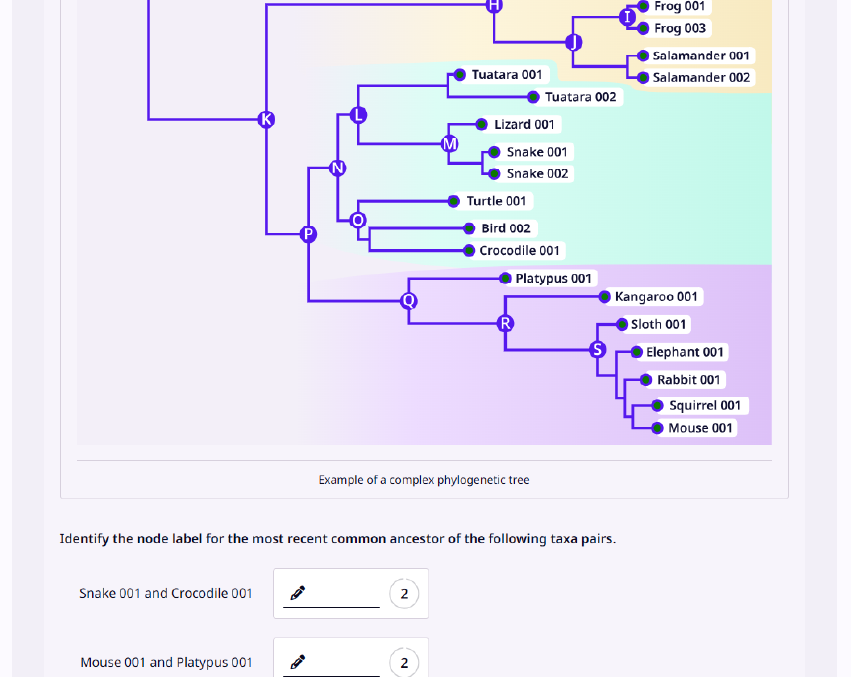
Explore the principles behind phylogenetics including the anatomy of a phylogenetic tree and what each component means. Apply these skills to determine evolutionary ancestry based on observation of novel phylogenetic trees. Further delve into the concepts of branch lengths and what they measure, and how topology impacts the interpretation of phylogenetic trees. Then, identify different methods of rooting a phylogenetic tree and how that impacts the relative topology.

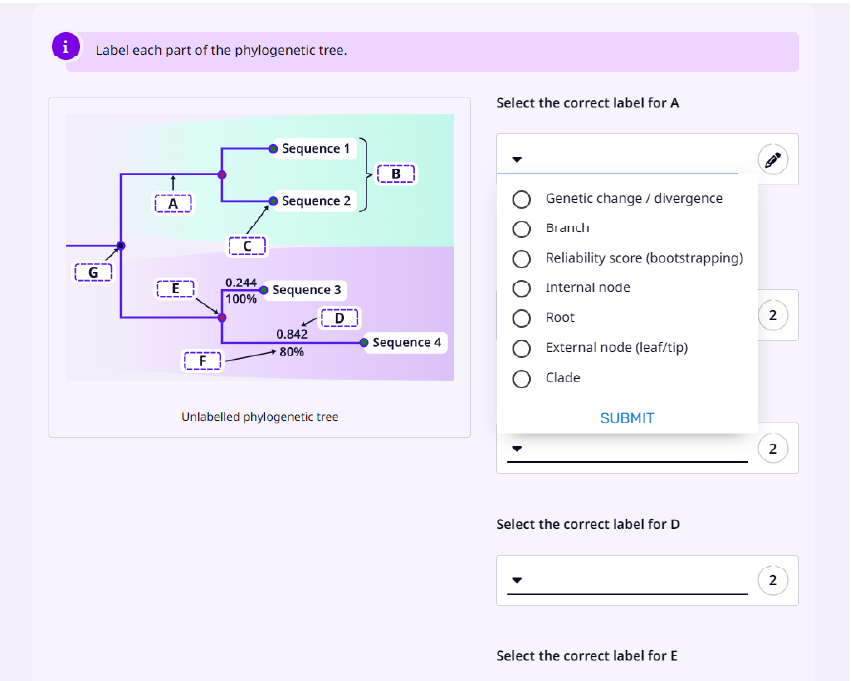
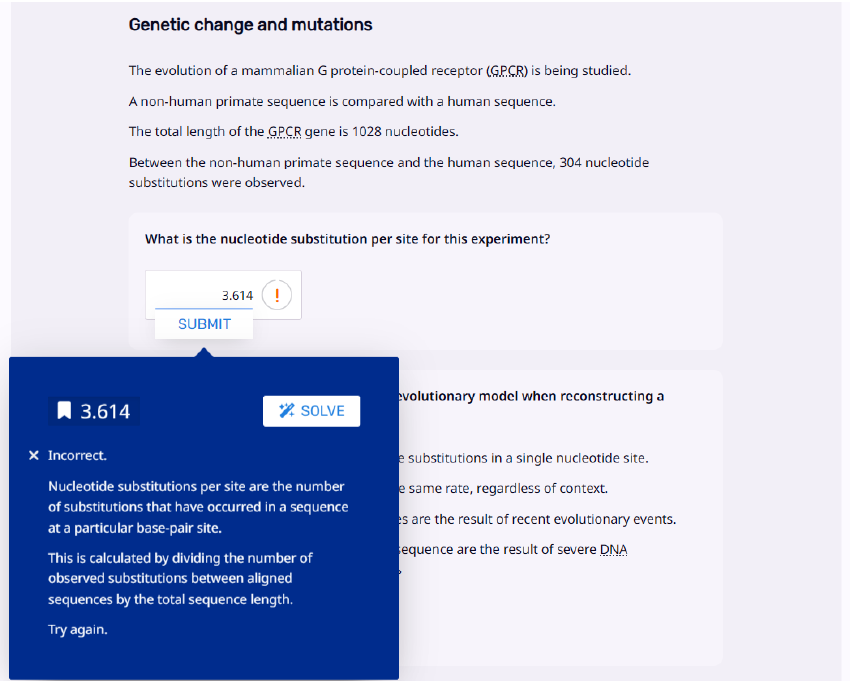
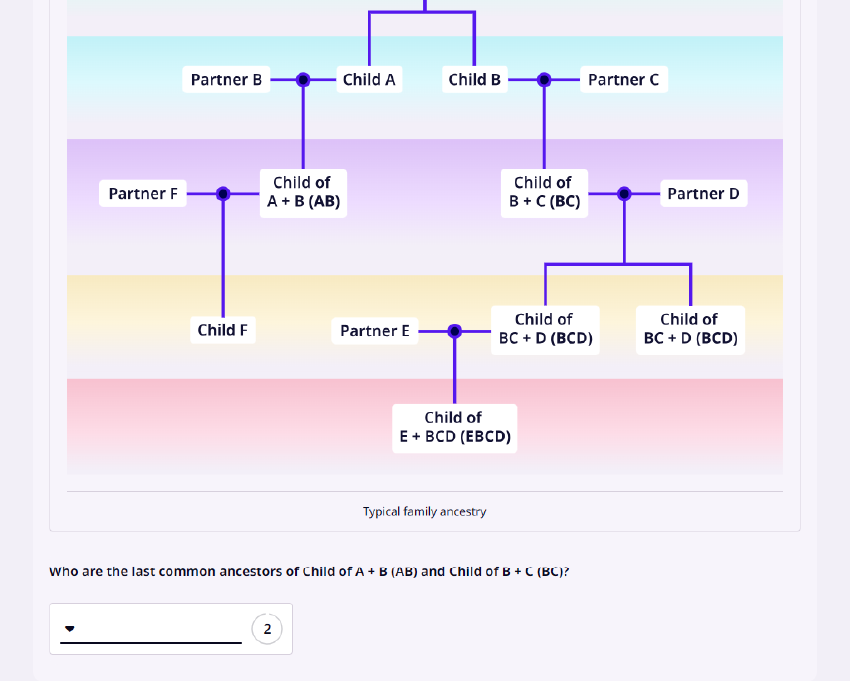








.jpg)
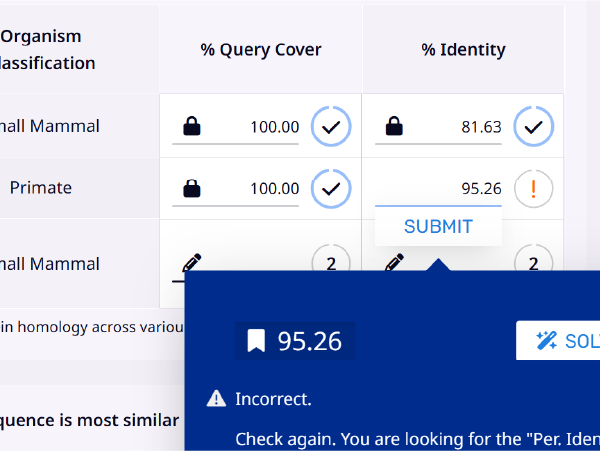
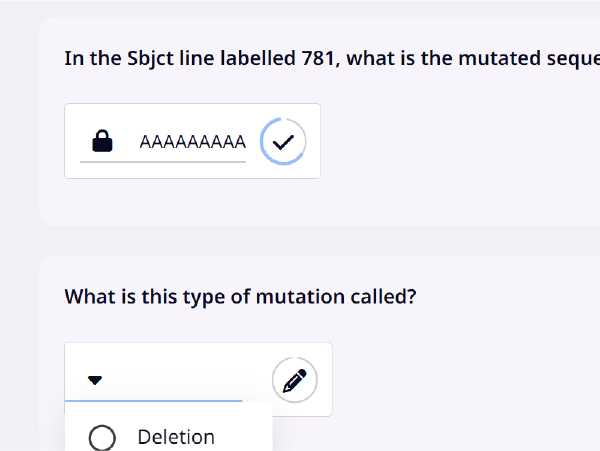
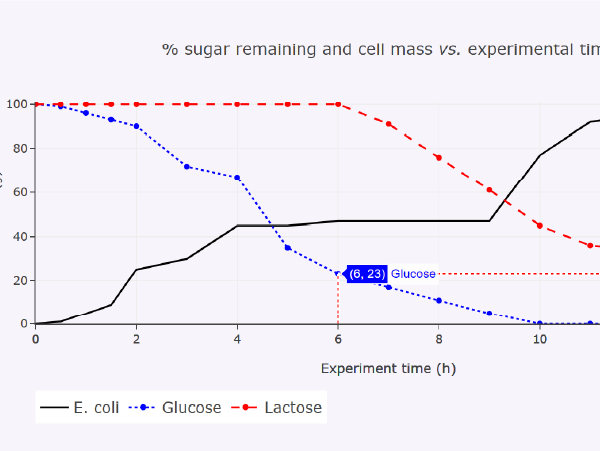
.png)





